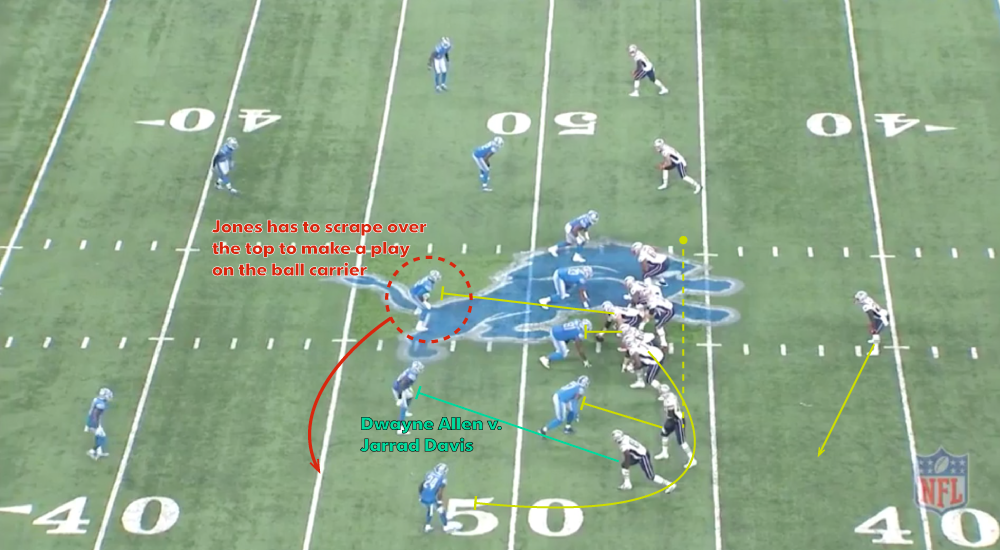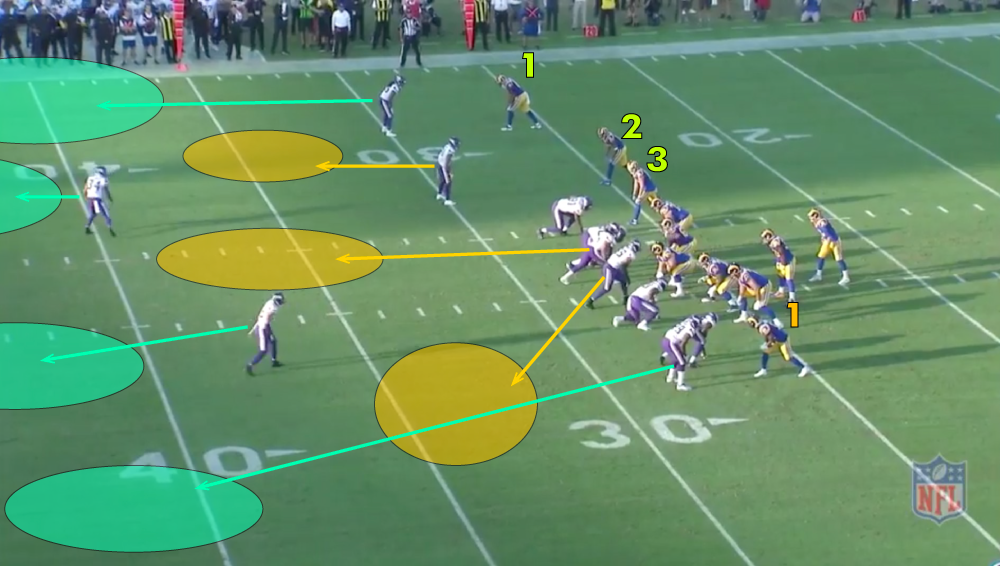Alright, let’s talk about this thing I tried, kinda based on how I heard this guy, Josh Bevell, supposedly works. Not sure if he’s real famous or just someone my old buddy Dave knew, but Dave was going on about how Bevell tackled messy projects.

Getting Started with the Bevell Idea
So, I had this piece of software dropped in my lap. You know the type. Old, tangled, documentation was a joke. Nobody wanted to touch it. Trying to figure it out felt like untangling headphones that went through the wash. Dave mentioned the “Bevell approach” – basically, stop trying to understand the whole beast at once. Just poke the bit you need to fix.
Sounded kinda reckless, honestly. My usual way is map it all out, draw diagrams, the whole nine yards. But this project was a dumpster fire, and we needed quick wins. So I thought, what the heck, let’s give this Bevell thing a whirl.
The Actual Doing Part
First thing: Picked one specific bug. A really annoying one users kept complaining about. Instead of diving deep into the architecture like I normally would, I just searched the codebase for the exact error text and the functions mentioned in the logs.
Found the spot: It was ugly, nested deep in some conditional logic I didn’t understand.
The Bevell rule (as I understood it): Change the absolute minimum to make the bug go away. Don’t clean up. Don’t refactor nearby stuff. Just the fix. So, I added a small check, maybe five lines of code. It felt wrong, like leaving a messy room even messier, but just shoving one pile of clothes into the closet.

- Tested just that specific scenario.
- It worked. The bug was gone.
- Shipped it. Just like that. Felt super weird.
Then, the next bug: Did the same thing. Find the spot, minimal tweak, test, push. It was faster, I’ll give it that. Like putting band-aids on wounds instead of performing major surgery.
Kept this up for a couple of weeks. My log was simple: bug number, file/line, what I changed (briefly), did it pass the specific test. No big essays.
Hitting Snags
Sometimes a bug fix needed more context. I couldn’t just change one line. The Bevell idea here was: okay, expand your search, but only as far as you absolutely need to. Don’t wander off exploring unrelated modules “just because you’re there”. Man, this was tough. My brain wanted to tidy up, to make things “right”. Had to constantly tell myself: “Nope, just the fix. Stick to the mission.”
Explaining it to my manager was also fun. “You’re just patching it?” Yeah, kinda. For now. We need stability first. Took some convincing.
So, What Happened?
You know what? It actually worked pretty well for getting that specific piece of software under control quickly. We stopped the flood of critical bug reports. It wasn’t pretty code. Lots of small, targeted fixes instead of elegant rewrites. But it was stable.

My takeaway: This “Bevell way” isn’t for building beautiful systems from scratch. It’s triage. It’s field medicine for software. When things are chaotic and you need to stop the bleeding now, it’s surprisingly effective. It forces you to be laser-focused and resist the urge to boil the ocean. It’s not a replacement for proper refactoring and design, but for certain situations, especially legacy rescue missions? Yeah, I’d probably do it again. It taught me that sometimes the “quick and dirty” fix is the right tactical move, even if it feels wrong strategically.













